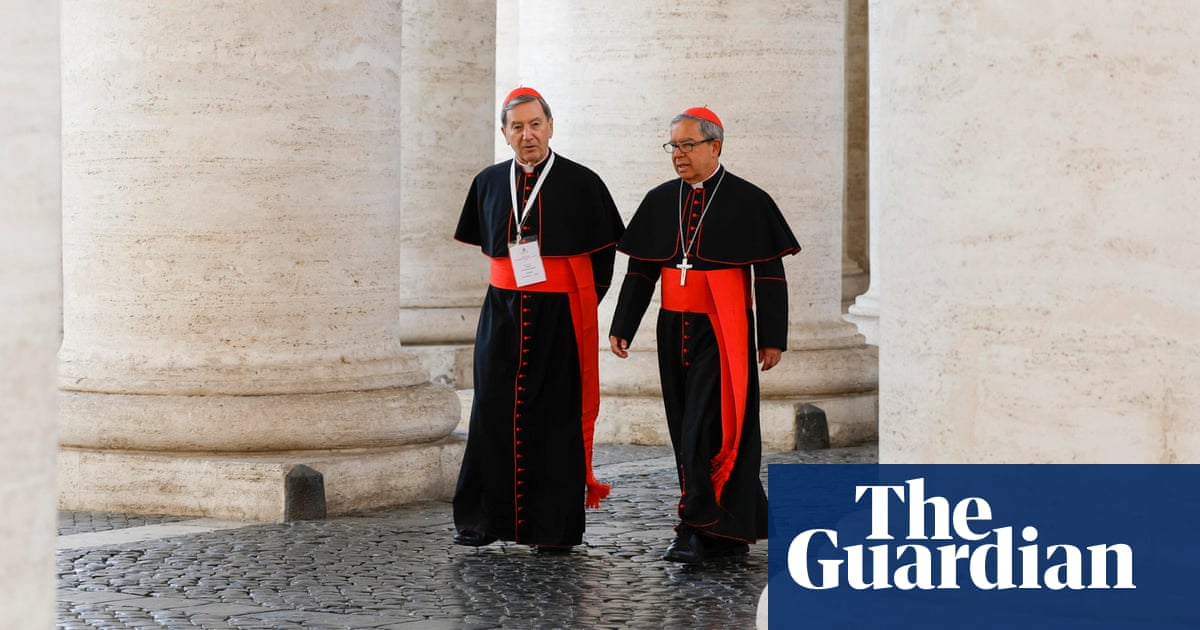The article discusses the upcoming conclave where 133 cardinals will gather to elect the next pope after Pope Francis. This event is framed as a significant and ancient election process, highlighting both its ceremonial aspects and the potential for political maneuvering among the cardinals. The mention of various tactics, including lobbying and media leaks, paints a picture of a complex and potentially contentious environment within the Church.
Intentions Behind the News
There seems to be a dual purpose in the reporting. On one hand, it aims to inform the public about the historical and ceremonial significance of papal elections. On the other, it may subtly suggest a sense of intrigue and conflict within the Catholic Church, perhaps to engage readers with the drama inherent in the election process. This could foster a narrative that emphasizes the challenges the Church is currently facing, influencing how the public perceives the institution.
Public Perception and Hidden Agendas
The article could shape public perception by portraying the conclave as a mix of solemnity and political maneuvering. While presenting the complexities of the election, it may gloss over deeper issues within the Church, such as its internal divisions or ongoing controversies. By focusing on the dramatics, there is a risk of distracting from substantive discussions about the Church's direction and governance.
Trustworthiness of the Content
While the article contains factual elements surrounding the conclave, the tone and framing may lead to biases. The focus on lobbying and media leaks could suggest a lack of integrity among the cardinals, potentially skewing public perception negatively. This raises questions about the objectivity of the reporting and whether it serves a particular narrative.
Comparative Analysis with Other Reports
When compared to other news articles covering similar topics, this piece stands out by emphasizing the behind-the-scenes dynamics rather than the historical or spiritual significance of the papal election. This choice of focus could align with broader media trends that prioritize sensationalism over in-depth analysis.
Potential Impact on Society and Politics
The conclave's outcomes could have significant ramifications not only for the Catholic Church but also for global politics, especially if the new pope takes a markedly different stance on key issues. As the Catholic Church plays a substantial role in international relations and social issues, the decision made within the conclave could influence public opinion and policy across various nations.
Audience Engagement
The article likely appeals to readers interested in religious affairs and those who enjoy political drama. This demographic may include both Catholics and secular individuals who are curious about the Church's inner workings and the implications of the papal election.
Market Effects
In terms of market implications, the news surrounding the conclave may affect stocks related to religious organizations, social services, or even sectors tied to public sentiment regarding ethical leadership. If the new pope is perceived as progressive or conservative, this could influence investments in relevant sectors.
Geopolitical Implications
The article touches on a broader geopolitical context by framing the conclave as a pivotal moment for the Catholic Church amidst various global challenges. The appointment of a new pope could signal shifts in the Church's stance on social and political issues, potentially impacting global power dynamics.
Artificial Intelligence Influence
There is a possibility that AI tools were employed in crafting this article, particularly in organizing information and ensuring clarity. However, the subjective tone suggests human editorial intervention, as AI typically lacks the nuanced understanding of cultural and emotional contexts necessary for such a piece.
In conclusion, while the article presents factual information regarding the papal conclave, its framing and emphasis on political intrigue may skew perceptions of the event and the Church itself, raising questions about its overall reliability.
